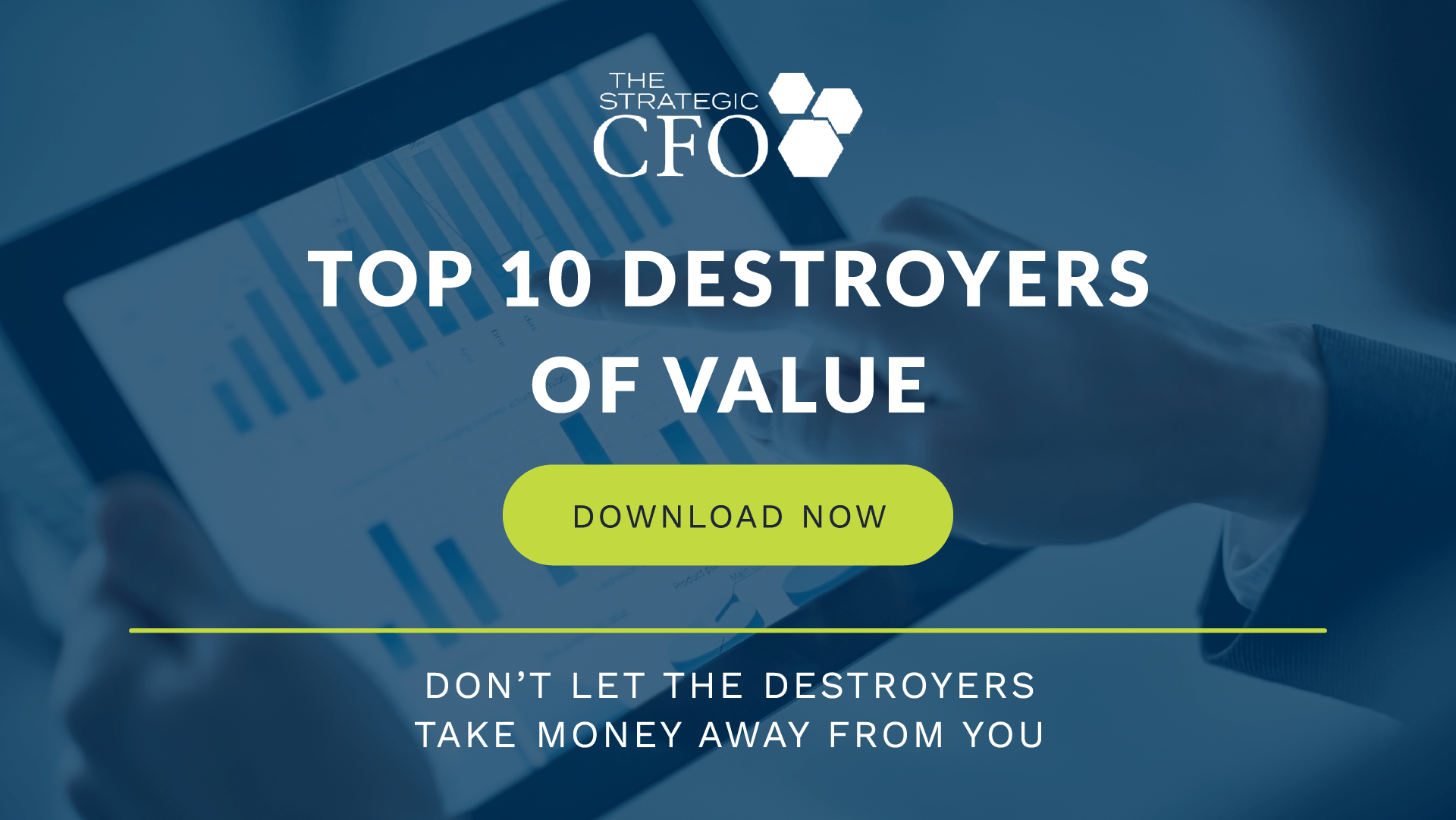See Also:
Value Chain
Valuation Methods
Responsibility Center
Cost Driver
Asset Market Value versus Asset Book Value
Value Drivers: Building Reliable Systems to Sustain the Growth of the Business
If your objective is to sell your company for the highest possible price, then you must build reliable systems that can sustain the growth of the business. Before we get started on discussing this important value driver, here are a few quick definitions:
- Systems refer to a group of related processes.
- Processes have purposes and functions of their own and are components of a system. Taken independently, a process alone cannot do the work of a system.
- Procedures are the approved way we do things and often include a sequence of steps.
- Steps are the actions we take to get something done. A solid management team is one of the first important value drivers to focus on when preparing your business exit. In addition to building a strong management team, you also must build reliable operating systems that can sustain the growth of the business. The second value driver is the development and documentation of business systems that either generate recurring revenue from an established and growing customer base or create financial efficiencies. For most businesses, this includes all of the core processes that generate revenue or control expenses. These systems may include processes related to production or service delivery. But it also may include people-related processes such as a succession planning or a performance management approach.
Look at your business from a buyer’s perspective. If you leave shortly after a sale, then what remains? If the answer is top management and highly efficient business systems, then you can be more confident that you will be able to get top dollar for your business.
Download The How To Be A Wingman Guide
Business Systems Related to Customers
In addition to the business systems related to revenue and expense, some systems are related to customers, such as tracking systems, and the delivery of your products and services such as distribution systems. The documentation of these systems and their related processes and procedures is important to ensuring that quality and consistency can be maintained after the sale. They also signal to the buyer that everything is in place for their future success. Some examples of items worthy of documentation are:
- Financial control systems and accounting policies.
- Policies to ensure compliance with legal and regulatory matters, especially those related to employer/employee relationships and safety.
- Data management and information systems that tie the company together
Again, put yourself in the shoes of a would-be buyer. Buyers want assurance that the business will continue to move forward after new ownership and that operations will not break down if and when the former management leaves. Obtain this assurance when there are documented systems in place that will enable the buyer to repeat the actions of the former owner to generate income and grow the business.
Examples of Business Systems
There are several business systems, which enhance business value whether you plan to sell your business now or decide to keep it. These systems include:
- Human capital management including: recruitment, selection, hiring, and retention; performance management; training and development; compensation and benefits.
- Production including product or service quality control and improvement.
- Product or service research and development.
- Inventory and fixed asset control.
- Sales, marketing and communications.
- Procurement including the selection and maintenance of vendor relationships
Obviously, appropriate systems and procedures vary depending on the nature of a business. But at a minimum, document those resources and activities necessary for the effective operation of the business. After you have built reliable systems to sustain the growth of the business, the next value driver to focus on is establishing a diversified customer base. We will discuss this value driver in detail in the next Exit Planning Review™ Article.
If you have any questions about increasing the value of your business prior to your exit, please contact us to discuss your particular situation. We can help guide you through the process of identifying the current value drivers in your business and creating a road map for increasing value to meet your overall exit objectives. Download the Top 10 Destroyers of Value whitepaper.

Access your Exit Strategy Execution Plan in SCFO Lab. This tool enables you to maximize potential value before you exit.
Click here to access your Execution Plan. Not a Lab Member?
Click here to learn more about SCFO Labs











